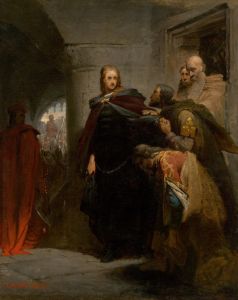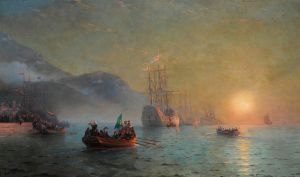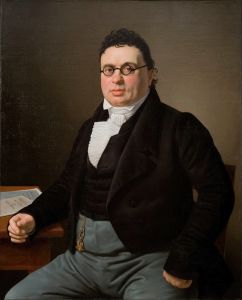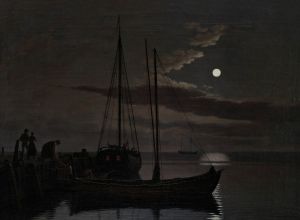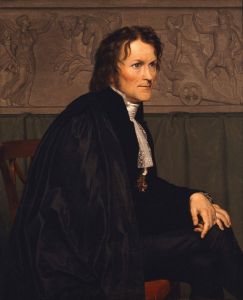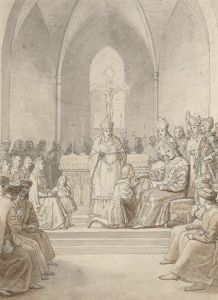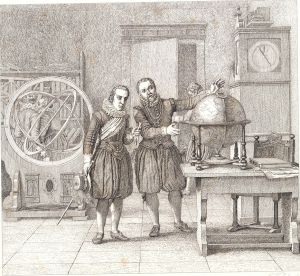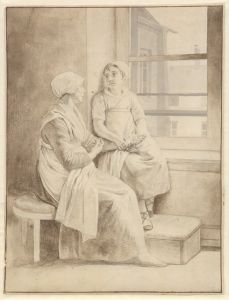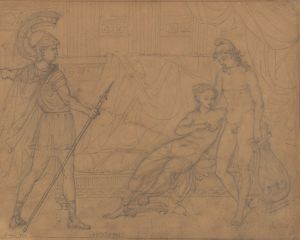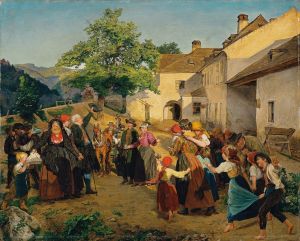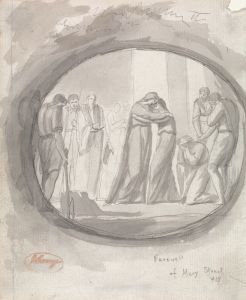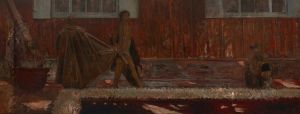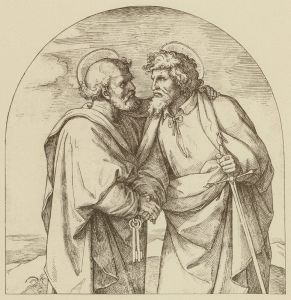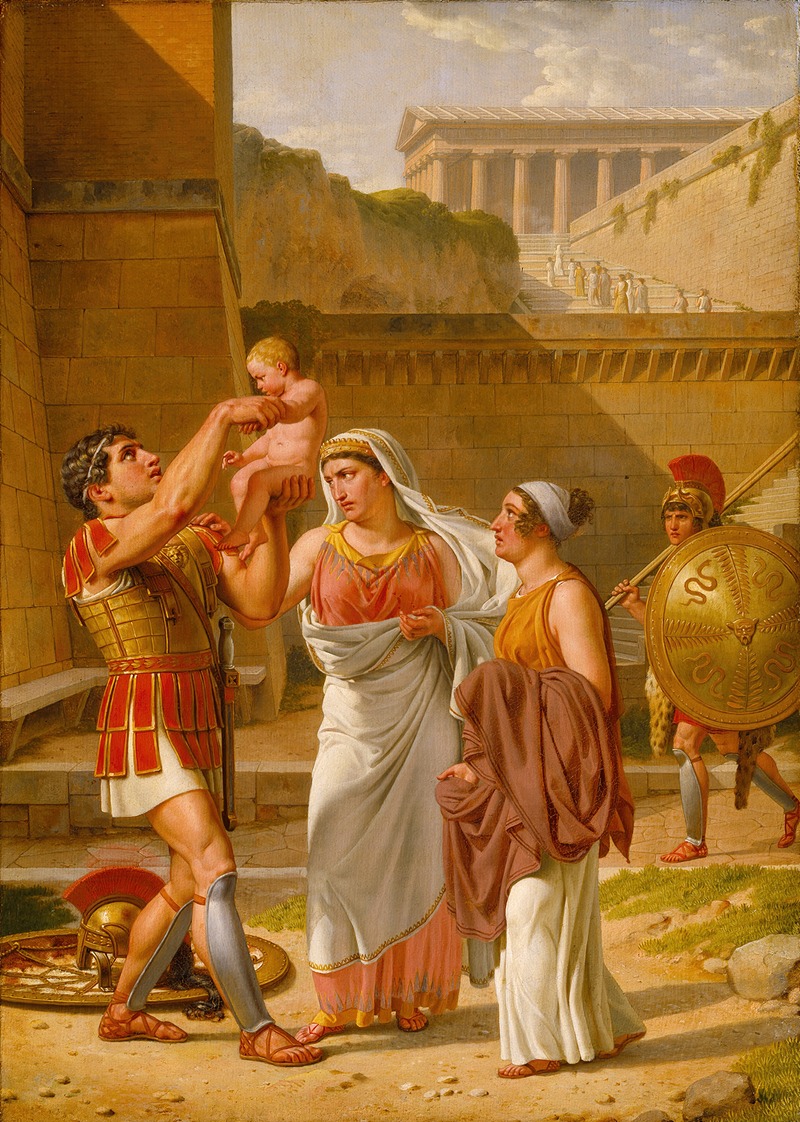
Hector’s Farewell To Andromache
A hand-painted replica of Christoffer Wilhelm Eckersberg’s masterpiece Hector’s Farewell To Andromache, meticulously crafted by professional artists to capture the true essence of the original. Each piece is created with museum-quality canvas and rare mineral pigments, carefully painted by experienced artists with delicate brushstrokes and rich, layered colors to perfectly recreate the texture of the original artwork. Unlike machine-printed reproductions, this hand-painted version brings the painting to life, infused with the artist’s emotions and skill in every stroke. Whether for personal collection or home decoration, it instantly elevates the artistic atmosphere of any space.
Christoffer Wilhelm Eckersberg, often referred to as the "father of Danish painting," was a prominent figure in the Danish Golden Age of art. One of his notable works is "Hector’s Farewell To Andromache," which captures a poignant moment from classical mythology. Painted in 1812, this artwork is a testament to Eckersberg's mastery in combining neoclassical style with a deep emotional narrative.
The painting depicts a scene from Homer's "Iliad," where Hector, the Trojan prince, bids farewell to his wife Andromache and their infant son Astyanax before heading into battle. This moment is charged with emotion, as it foreshadows Hector's eventual death at the hands of Achilles. Eckersberg's rendition of this scene is marked by its attention to detail and the emotional depth conveyed through the characters' expressions and body language.
Eckersberg's training and influences are evident in this work. He studied at the Royal Danish Academy of Fine Arts and later in Paris under Jacques-Louis David, a leading figure in the neoclassical movement. David's influence is apparent in Eckersberg's use of clear lines, balanced composition, and the classical subject matter. However, Eckersberg also infused his work with a sense of realism and humanity, which became hallmarks of his style.
In "Hector’s Farewell To Andromache," Eckersberg employs a balanced composition that draws the viewer's eye to the central figures of Hector and Andromache. The use of light and shadow enhances the emotional intensity of the scene, highlighting the tender yet sorrowful exchange between the couple. Hector is depicted in full armor, symbolizing his role as a warrior, yet his expression reveals his inner turmoil and love for his family. Andromache, on the other hand, is portrayed with a sense of vulnerability and despair, clinging to Hector in a desperate attempt to hold onto him.
The background of the painting is relatively subdued, ensuring that the focus remains on the figures and their emotional interaction. This technique is characteristic of neoclassical art, where the emphasis is placed on clarity and the portrayal of noble themes. Eckersberg's ability to convey complex emotions through simple yet powerful imagery is a testament to his skill as an artist.
"Hector’s Farewell To Andromache" is housed in the National Gallery of Denmark, where it continues to be appreciated for its artistic and historical significance. The painting not only reflects Eckersberg's technical prowess but also his ability to capture the universal themes of love, duty, and sacrifice. It stands as a significant example of how classical themes were interpreted and brought to life during the Danish Golden Age of painting.
Eckersberg's work, including this painting, played a crucial role in shaping the direction of Danish art. His emphasis on realism, combined with classical influences, laid the foundation for future generations of Danish artists. "Hector’s Farewell To Andromache" remains a poignant reminder of the enduring power of classical mythology and its ability to convey timeless human experiences through art.





